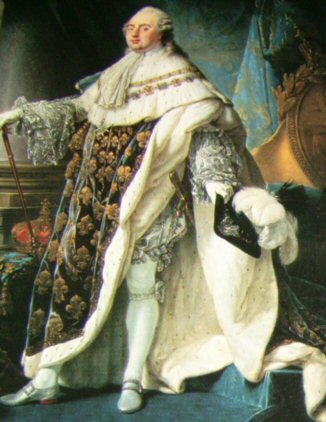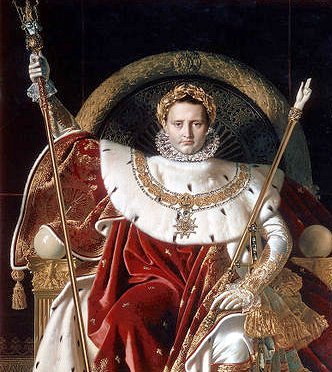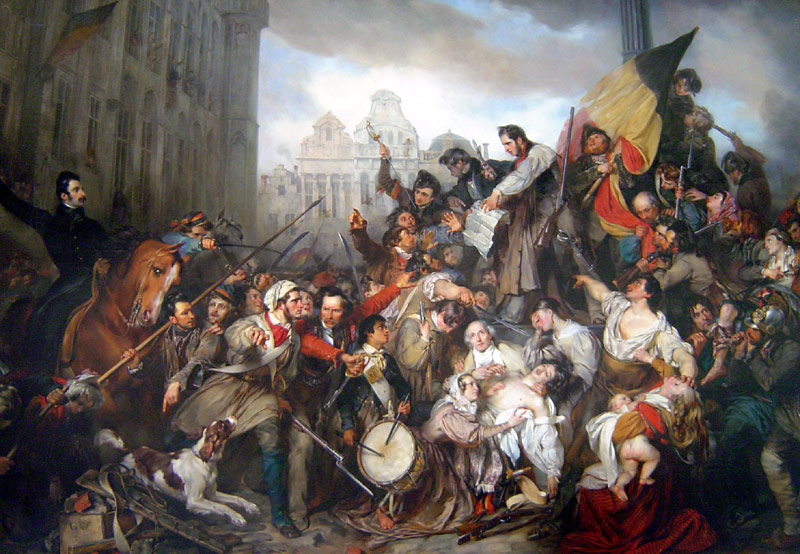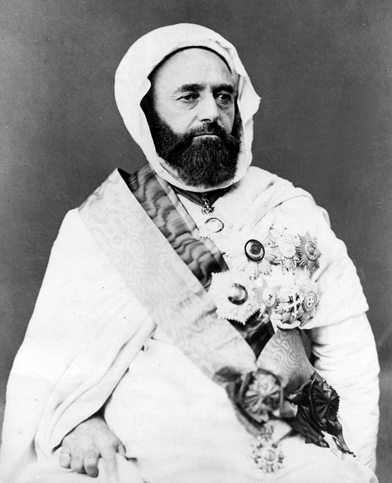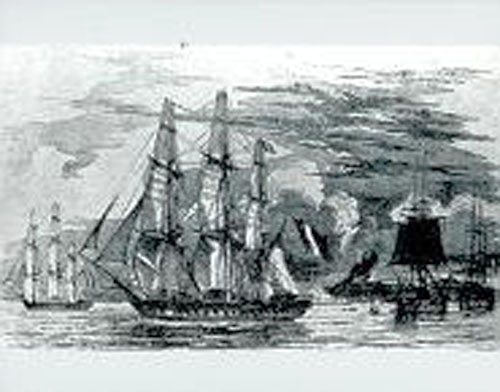Having stabilized the Western regions of the Algerian coastline at Tlemcen, Marshall Clauzel ordered a similar incursion at the city of Constantine where the last Turkish governor, Ahmed Bey still reigned. King Louis-Philippe was faced with a descision to whether support or overrule his military actions against Aldjazair and the other Algerian groups. While supporting the military action would strengthen France’s position in North Africa it would greatly increase the militancy and aggression of the Algerian leader Abd-al Qadir and the Sunni Muslim inhabitants of the French colony whilst overruling the military incursion would weaken France’s position and strengthen Muslim accordance with France in Algeirs. Word had gotten out that Clauzel’s forces had repressed and dictated the locals of Tlemcen during the expedition and that lower the public opinion of the ventures in Africa greatly in mainland France. After long sessions of debate the King Louis-Philippe and the Royal Council decided on November 19th 1836 that whilst they would overrule the military action they would do nothing to deter it.
Marshall Clauzel went against the orders of the Royal Council and attacked the city of Constantine the following day. However during the advance they were caught in a blizzard of snow and Turkish gun fire and retreated back to Algiers. Upon his arrival back at Algiers he was court martialled by the French Army and a new Marshall of the French Army in Algiers was elected. Marshall Canrobert took command of the Armée d’Algerie the next day and relising that they would now be forced to intervene and attack Constantine anyway or they would be forced to succumb to Turkish victory. The Armée d’Algerie departed for the Turkish town of Constantine the next day after King Louis-Philippe’s approval. Marshall Canrobert and the Armée d’Algerie reached Constantine and besieged the city on January 2nd 1837 defeating an army of 8,000 Turkish irregulars.
Marshall François Certain Canrobert, Commander of the Armée d’Algerie
The second part of the London protocol was signed on January 7th recognizing the newly founded Duchy of Luxemburg. The Duke of Luxemburg himself was of the House of Bourbon and a distant relation of the King Louis-Philippe. Unlike the first treaty the German Confederation did sign the treaty due to the fact that Luxemburg was a German Duchy.
On April 23rd an explosion went off at the Paris Gold Bank as a group of thirteen armed thieves rigged their way out with explosives and ran down a back alley in the proceeding massive smoke cloud that blanketed the district. What came to be known as the Great Paris Gold Robbery of 1837 had just happened. The Robbery came to be known as the crime of the century.
With the unrest caused in Eastern Algiers after the unauthorized incursion into Constantine by former Marshall Clauzel, the General Thomas Robert Bugeaud proposed the Treaty of Tafna which forced Algerian Leader Abd-al Qazir to recognize French Imperial Sovereignty over Algeria but with the secession of most Algerian territories except a few vital ports to the Muslim leader. Abd-al Qazir accepted the treaty and they both signed the article on May 30th 1836.
By the time of the signing of the Tafna agreement, France had become again one of the most powerful of the Great Powers only exceeded by the British Empire.



